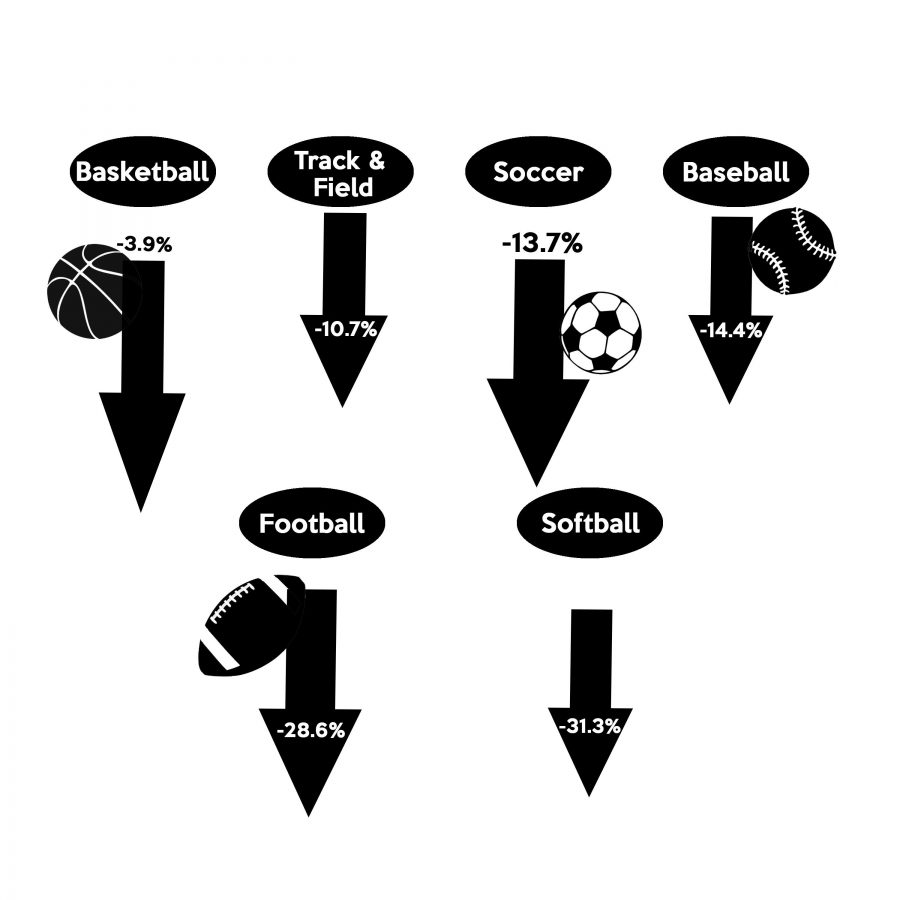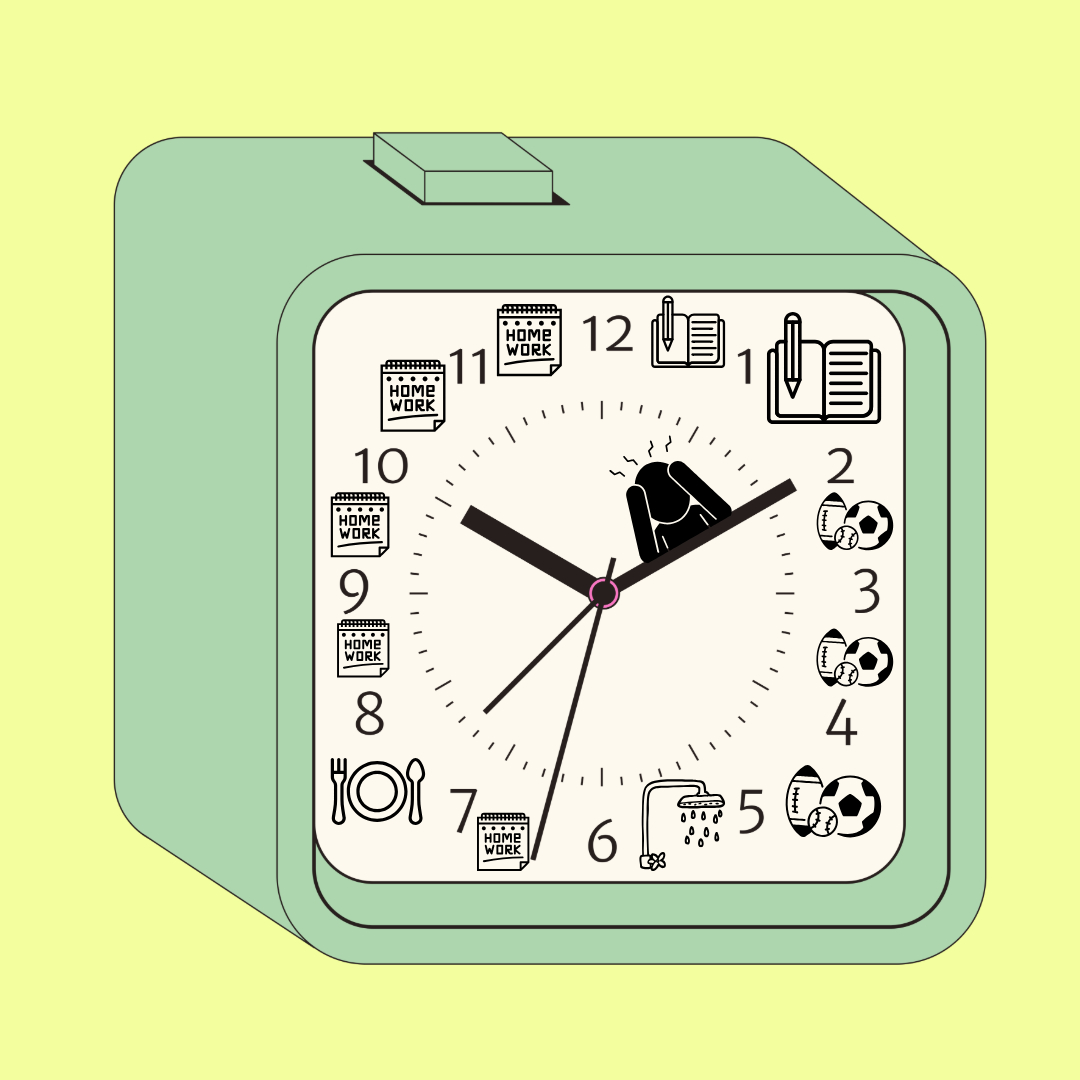My love for soccer began in kindergarten—I would spend my Saturday mornings at Mylod Fields kicking the ball around with my friends. As a child, I was very competitive—I always wanted to win, and I would do whatever it took to be the best. Once I reached third grade, I decided I wanted to improve my skills and join the travel team, where I would have two practices a week, followed by games on Saturdays. After a year of playing travel, I decided I wanted to further my soccer talents. I joined the New England Futbol Club (NEFC) club soccer team, and I played from fourth grade to sixth grade. My schedule was hectic—I had two practices and one game for NEFC per week on top of an additional two practices and one game a week for my Walpole team. Aside from soccer, I was also playing both lacrosse and basketball.
Like most young athletes, I believed that I could be the next Mia Hamm. At this young age, I was convinced that I was going to a Division I school on a scholarship and would later play for the U.S. Women’s National team.
However, even after dedicating substantial amounts of my preteen years to soccer, the stressful and overcompetitive environment stripped away all of my love for the game, and by eighth grade, I quit the sport as a whole and picked up field hockey, which I now plan to go to college for.
Open Access Journal of Sports Medicine states that 45 million kids participate in an organized sport. By the age of 15, 80 percent of those kids quit that sport. The problem is single sport specialization—focusing solely on one sport through private clubs and training.
Single sport specialization has a detrimental effect on young athletes. Studies show that children who specialize in sports at an early age are at a greater risk for burnout due to stress, decreased motivation and lack of enjoyment. I am a victim of these effects. A major problem with today’s youth sports is a newfound sense of pressure. Oftentimes, young athletes become so distracted by the hyperintensity that they forget the reasons why they started playing—the reasons why they devote so much of their time and effort to a sport. The reasons were not for the accolades, the rewards, the publicity, the scholarships—people play a sport because they want to have fun and be a part of a team. How many athletes pick up a sport for the sole purpose of earning a Division I scholarship? In fact, studies show that only one percent of high school athletes will receive a Division I scholarship, which gives way to another problem: parents’ disillusionment of Division I. Today’s sports give children a false sense that they are the best and that they have the ability to go to a Division I school and excel on a scholarship; therefore, parents unwaveringly devote time and money into club sports and private training in order to fulfill this goal.
These parents’ fallacious attempts to improve their kids’ talents—whether it is paying for private training or coercing their kids to play on a club team—are actually hurting their kids. There is even a competitiveness between parents that causes bitter relationships that ultimately affect the young athletes. Instead, parents and coaches must educate youth athletes on what is required for success, not discourage them for their lack of skill that has not yet had enough time to develop. These parents have false expectations for their kids. They think they are improving their children’s athletic abilities by placing them in a hypercompetitive environment while the reality is that they are actually wearing their kids out. Today, parents only focus on transmuting their kids into stud athletes when in fact this stud athlete they are trying to bring out may be non- existent. The natural desire to succeed and the willingness to work hard must come solely from the kids; only the kids have the power to transform themselves into the star athlete they strive to be.
Through my personal experiences with soccer, I saw thousands of dollars spent on traveling to tournaments. I also witnessed broken friendships, serious injuries and a loss of confidence and interest among kids at a very young age. Although club sports and competitive environments are beneficial as they give aspiring college athletes great additional opportunities to prepare for college-level athletics, these opportunities are unnecessary at such young ages, and they can cause a young athlete to lose his or her passion for the game.
As a three-sport varsity athlete, I can unequivocally say that sports have had a positive impact on my life. There is an endless list of advantages to playing sports: kids learn life lessons, create new friendships and discover how to deal with adversity. Therefore, we must not let today’s overly competitive outlook on youth sports destroy the valuable benefits that kids can attain from them.















Tommy Helm • Mar 7, 2016 at 2:34 pm
Phenomenal article. I was very fascinated with this article